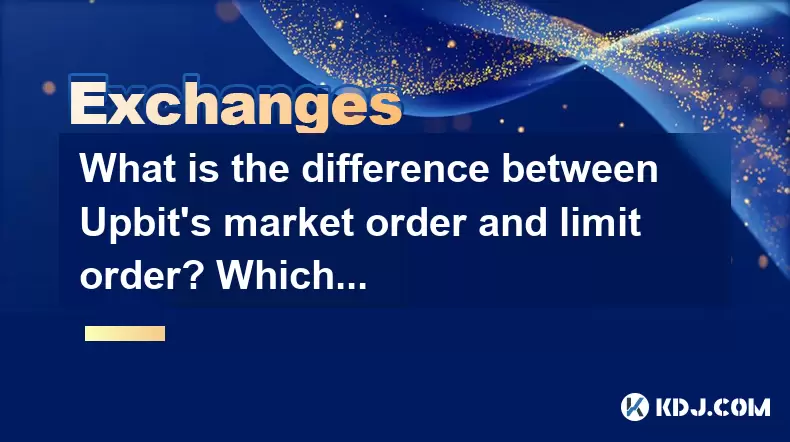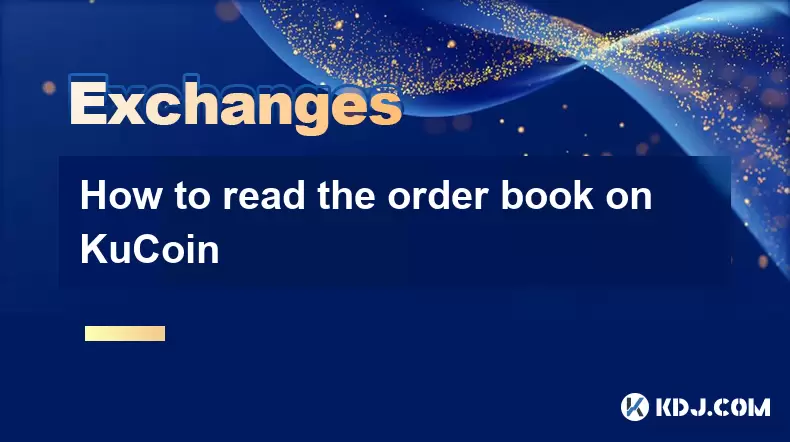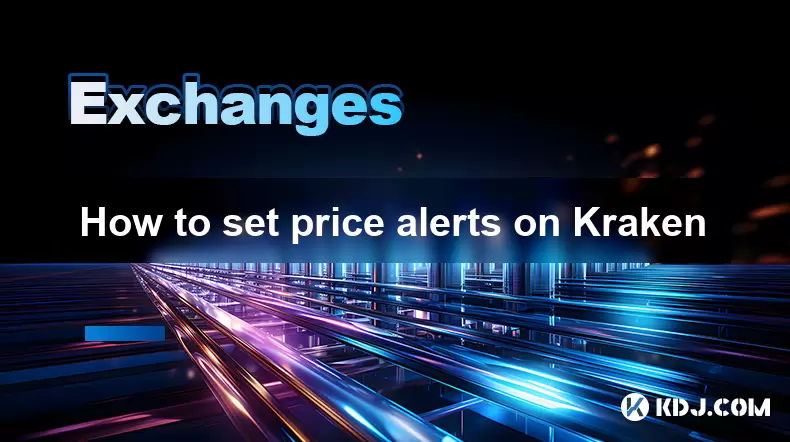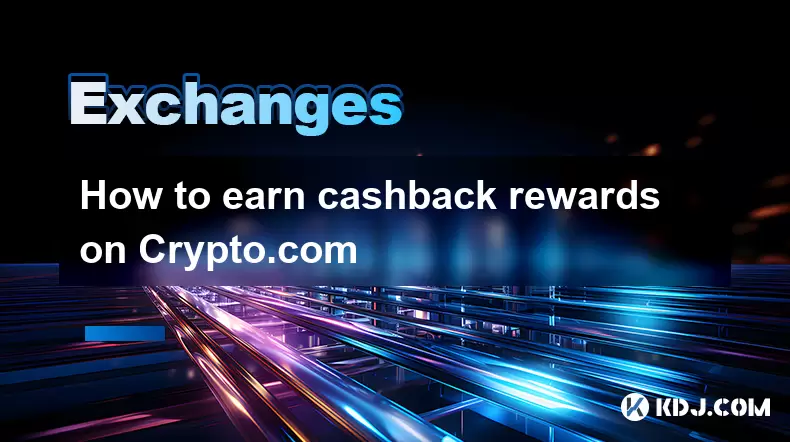-
 Bitcoin
Bitcoin $117800
0.49% -
 Ethereum
Ethereum $4432
0.55% -
 XRP
XRP $3.106
1.07% -
 Tether USDt
Tether USDt $1.001
0.01% -
 BNB
BNB $835.8
1.74% -
 Solana
Solana $189.1
2.72% -
 USDC
USDC $0.9999
-0.01% -
 Dogecoin
Dogecoin $0.2302
3.65% -
 TRON
TRON $0.3485
-0.69% -
 Cardano
Cardano $0.9212
-0.91% -
 Hyperliquid
Hyperliquid $46.97
1.45% -
 Chainlink
Chainlink $22.77
5.61% -
 Stellar
Stellar $0.4284
0.82% -
 Sui
Sui $3.766
2.82% -
 Bitcoin Cash
Bitcoin Cash $583.5
-0.82% -
 Ethena USDe
Ethena USDe $1.001
0.03% -
 Hedera
Hedera $0.2512
2.78% -
 Avalanche
Avalanche $24.18
2.27% -
 Litecoin
Litecoin $120.2
2.10% -
 Toncoin
Toncoin $3.450
1.96% -
 UNUS SED LEO
UNUS SED LEO $9.412
-0.92% -
 Shiba Inu
Shiba Inu $0.00001298
2.35% -
 Uniswap
Uniswap $10.99
3.75% -
 Polkadot
Polkadot $3.962
3.09% -
 Dai
Dai $1.000
0.00% -
 Bitget Token
Bitget Token $4.643
1.38% -
 Cronos
Cronos $0.1511
-0.08% -
 Ethena
Ethena $0.7246
3.18% -
 Monero
Monero $254.9
7.90% -
 Pepe
Pepe $0.00001100
3.32%
What is the difference between Upbit's market order and limit order? Which one is more suitable for beginners?
On Upbit, market orders execute instantly at current prices, while limit orders offer price control but no immediate execution, ideal for beginners managing risk.
May 14, 2025 at 12:43 pm

When trading on cryptocurrency exchanges like Upbit, understanding the different types of orders is crucial for effective trading. Two primary types of orders available on Upbit are market orders and limit orders. Each has its own unique features and use cases, which can significantly impact your trading experience and outcomes. In this article, we will delve into the differences between these two order types, and discuss which one might be more suitable for beginners.
Understanding Market Orders on Upbit
A market order on Upbit is an order to buy or sell a cryptocurrency at the best available current price. When you place a market order, the trade is executed immediately at the current market price. This type of order is particularly useful when you want to enter or exit a position quickly.
- Immediate Execution: One of the key advantages of market orders is their immediate execution. As soon as you place the order, it is filled at the best available price in the market.
- Price Uncertainty: However, the downside is that you have no control over the execution price. The price at which your order is filled can vary, especially in volatile markets.
- Liquidity Impact: Market orders can also impact liquidity, especially for less liquid assets. If you are trading a cryptocurrency with low liquidity, your market order could move the market price significantly.
Understanding Limit Orders on Upbit
A limit order on Upbit allows you to set a specific price at which you want to buy or sell a cryptocurrency. The order will only be executed if the market reaches your specified price. This type of order gives you more control over the price at which your trade is executed.
- Price Control: The primary advantage of limit orders is that they provide control over the execution price. You can set a price that you are comfortable with, and the order will only be filled if the market reaches that price.
- No Immediate Execution: Unlike market orders, limit orders do not guarantee immediate execution. If the market does not reach your specified price, your order will remain pending until it is either filled or canceled.
- Partial Fills: It is also possible for limit orders to be partially filled. If there is not enough volume at your specified price, your order might be filled in parts over time.
Comparing Market Orders and Limit Orders on Upbit
To better understand the differences between market orders and limit orders on Upbit, let's compare them across several key aspects:
- Execution Speed: Market orders are executed immediately at the current market price, while limit orders are executed only when the market reaches your specified price.
- Price Control: With market orders, you have no control over the execution price, whereas limit orders allow you to set a specific price.
- Suitability for Volatile Markets: In highly volatile markets, market orders can result in significant price slippage, while limit orders can help you avoid unfavorable prices.
- Liquidity Considerations: Market orders can impact liquidity, especially for less liquid assets, whereas limit orders do not affect liquidity until they are filled.
Which Order Type is More Suitable for Beginners?
For beginners, the choice between market orders and limit orders on Upbit depends on their trading goals and comfort with risk. Here are some considerations to help you decide:
- Simplicity: Market orders are simpler to use because they require no price input. You simply decide to buy or sell at the current market price.
- Risk Management: Limit orders offer better risk management because you can set a price that aligns with your risk tolerance. This can be particularly useful for beginners who are still learning about market dynamics.
- Volatility: If you are trading in a volatile market, limit orders can help you avoid buying at a peak or selling at a trough. However, this requires a good understanding of market trends, which might be challenging for beginners.
- Liquidity: For less liquid assets, beginners might find it safer to use limit orders to avoid significant price slippage that can occur with market orders.
How to Place a Market Order on Upbit
Placing a market order on Upbit is straightforward. Here are the steps you need to follow:
- Log in to your Upbit account: Ensure you are logged into your Upbit account with sufficient funds.
- Navigate to the trading page: Go to the trading page of the cryptocurrency you want to trade.
- Select the market order option: On the trading interface, select the "Market" order type.
- Enter the amount: Input the amount of cryptocurrency you want to buy or sell.
- Review and confirm: Review your order details and confirm the transaction. The order will be executed immediately at the best available price.
How to Place a Limit Order on Upbit
Placing a limit order on Upbit involves a few more steps than placing a market order. Here is a detailed guide:
- Log in to your Upbit account: Ensure you are logged into your Upbit account with sufficient funds.
- Navigate to the trading page: Go to the trading page of the cryptocurrency you want to trade.
- Select the limit order option: On the trading interface, select the "Limit" order type.
- Enter the price: Input the specific price at which you want to buy or sell the cryptocurrency.
- Enter the amount: Specify the amount of cryptocurrency you want to trade.
- Review and confirm: Review your order details and confirm the transaction. The order will be placed and will be executed only if the market reaches your specified price.
Frequently Asked Questions
Q: Can I cancel a market order after it has been placed on Upbit?
A: No, once a market order is placed on Upbit, it is executed immediately and cannot be canceled. If you need more control over your trades, consider using limit orders instead.
Q: What happens if my limit order is not filled on Upbit?
A: If your limit order is not filled on Upbit, it will remain in the order book until it is either filled or canceled. You can cancel the order at any time if you decide you no longer want to trade at the specified price.
Q: Is there a fee difference between market orders and limit orders on Upbit?
A: Upbit charges the same trading fees for both market orders and limit orders. The fee structure is based on the trading volume and the type of cryptocurrency being traded, not on the order type.
Q: Can I use both market and limit orders in the same trading strategy on Upbit?
A: Yes, many traders use a combination of market and limit orders to execute their trading strategies on Upbit. For example, you might use a market order to enter a position quickly and then use limit orders to set profit targets or stop-loss levels.
Disclaimer:info@kdj.com
The information provided is not trading advice. kdj.com does not assume any responsibility for any investments made based on the information provided in this article. Cryptocurrencies are highly volatile and it is highly recommended that you invest with caution after thorough research!
If you believe that the content used on this website infringes your copyright, please contact us immediately (info@kdj.com) and we will delete it promptly.
- Kazakhstan's Crypto Leap: Bitcoin ETF and Central Asia's Digital Finance Future
- 2025-08-13 12:45:19
- BlockDAG Presale Blazes Past $371M: Fundraising Frenzy Fuels Crypto Sensation
- 2025-08-13 13:05:21
- Meme Coins: Chasing the 2025 Surge – Which Will Moonshot?
- 2025-08-13 10:25:23
- Bitcoin's Wild Ride: Rally, Pullback, and What's Next
- 2025-08-13 10:25:23
- Bitcoin, Bitmax, and Institutional Demand: A New Era of Crypto Investment
- 2025-08-13 10:45:12
- Solana, ROAM, and Airdrops: What's the Buzz in 2025?
- 2025-08-13 11:35:13
Related knowledge

How to use margin trading on Poloniex
Aug 08,2025 at 09:50am
Understanding Margin Trading on Poloniex

How to read the order book on KuCoin
Aug 10,2025 at 03:21pm
Understanding the Order Book Interface on KuCoinWhen accessing the order book on KuCoin, users are presented with a real-time display of buy and sell ...

How to read the order book on KuCoin
Aug 12,2025 at 02:28am
Understanding the Basics of Staking in CryptocurrencyStaking is a fundamental concept in the world of blockchain and cryptocurrencies, particularly wi...

How to set price alerts on Kraken
Aug 11,2025 at 08:49pm
Understanding Price Alerts on KrakenPrice alerts on Kraken are tools that allow traders to monitor specific cryptocurrency pairs for price movements. ...

How to avoid high gas fees on Uniswap
Aug 13,2025 at 11:35am
Understanding Gas Fees on UniswapGas fees on Uniswap are payments made to Ethereum miners or validators for processing transactions on the blockchain....

How to earn cashback rewards on Crypto.com
Aug 12,2025 at 02:08am
Understanding Cashback Rewards on Crypto.comCashback rewards on Crypto.com are a feature designed to incentivize users to spend using their Crypto.com...

How to use margin trading on Poloniex
Aug 08,2025 at 09:50am
Understanding Margin Trading on Poloniex

How to read the order book on KuCoin
Aug 10,2025 at 03:21pm
Understanding the Order Book Interface on KuCoinWhen accessing the order book on KuCoin, users are presented with a real-time display of buy and sell ...

How to read the order book on KuCoin
Aug 12,2025 at 02:28am
Understanding the Basics of Staking in CryptocurrencyStaking is a fundamental concept in the world of blockchain and cryptocurrencies, particularly wi...

How to set price alerts on Kraken
Aug 11,2025 at 08:49pm
Understanding Price Alerts on KrakenPrice alerts on Kraken are tools that allow traders to monitor specific cryptocurrency pairs for price movements. ...

How to avoid high gas fees on Uniswap
Aug 13,2025 at 11:35am
Understanding Gas Fees on UniswapGas fees on Uniswap are payments made to Ethereum miners or validators for processing transactions on the blockchain....

How to earn cashback rewards on Crypto.com
Aug 12,2025 at 02:08am
Understanding Cashback Rewards on Crypto.comCashback rewards on Crypto.com are a feature designed to incentivize users to spend using their Crypto.com...
See all articles

























































































